Suppliers Have More Lithium Than EV Manufacturers Currently Need

The lithium industry — essential for the production of battery electric vehicles — has run into a problem. It’s currently amassing more of the metal than it needs. Despite automakers like Tesla suggesting there will be upcoming global shortages of metals like copper, nickel, and lithium, the only element that battery suppliers appear to be truly desperate for is cobalt, which is largely the fault of where and how it’s mined ( the Congo, often by children).
Demand for the brittle, bluish metal skyrocketed this year, but not lithium. The latter metal’s global supply currently exceeds demand by about 5 percent, according to data from Canaccord Genuity.
Reuters attributes the downfall in demand to electric vehicle sales in China. The People’s Republic has been doing most of the heavy lifting when it comes to EVs. Government programs have encouraged both the production and purchase of EVs, making it their most-viable market. But China has backed off the subsidies in recent months, hoping to allow electric startups and customer preferences to stand on their own two legs, or fall. While automakers stayed put, customers have been leaving in droves. EV sales fell by nearly a third in September, making it the segment’s third consecutive monthly decline.
Part of that is due to China’s souring economy, though the way the nation handled EV adoption also played a factor. Confusing emission laws, unevenly adopted between regions, spooked consumers away from the market. It’s also forced dealers to price less than predictably. A surplus of product forced heavy discounting over the summer, causing a momentary blip in sales. However, the country saw vehicle sales drop more than 12 percent in the first six months of 2019 and that looks to be the trend for the rest of this year.
From Reuters:
A global average of [lithium] prices is down more than 50 percent since the start of 2018, according to Benchmark Mineral Intelligence, a metals pricing provider that is hosting an EV supply chain conference this week in Los Angeles.
“Current market conditions are challenging,” Luke Kissam, Albemarle’s chief executive officer, said last week.
Despite the weak data, analysts and executives expect a rosy future when they look out 10 years.
Benchmark’s Simon Moores called the lithium oversupply an “air pocket that detracts from the building wall of demand,” and noted much of the excess white metal on the market is for so-called technical grade, or the kind that goes into smaller consumer electronics such as stopwatches.
Moores believes the high-grade lithium door will swing open in 2024, once more automakers begin manufacturing electric cars. Other analysts are less inclined to believe it’s smooth sailing from here.
“The future supply of battery-quality chemicals is very much in doubt,” worried Joe Lowry, an independent analyst, questioning the industry’s ability to produce over 800,000 metric tons by 2025 — twice its current capacity.
However, that’s a problem for tomorrow. Today’s lithium providers are trying to cut costs and appease investors hungry to make money off the popularization of EVs and rapidly-multiplying consumer electronics. This could create more issues down the road as today’s solution becomes tomorrow’s headache.
[Image: Sergii Chernov/Shutterstock]

A staunch consumer advocate tracking industry trends and regulation. Before joining TTAC, Matt spent a decade working for marketing and research firms based in NYC. Clients included several of the world’s largest automakers, global tire brands, and aftermarket part suppliers. Dissatisfied with the corporate world and resentful of having to wear suits everyday, he pivoted to writing about cars. Since then, that man has become an ardent supporter of the right-to-repair movement, been interviewed on the auto industry by national radio broadcasts, driven more rental cars than anyone ever should, participated in amateur rallying events, and received the requisite minimum training as sanctioned by the SCCA. Handy with a wrench, Matt grew up surrounded by Detroit auto workers and managed to get a pizza delivery job before he was legally eligible. He later found himself driving box trucks through Manhattan, guaranteeing future sympathy for actual truckers. He continues to conduct research pertaining to the automotive sector as an independent contractor and has since moved back to his native Michigan, closer to where the cars are born. A contrarian, Matt claims to prefer understeer — stating that front and all-wheel drive vehicles cater best to his driving style.
More by Matt Posky
Latest Car Reviews
Read moreLatest Product Reviews
Read moreRecent Comments
- Redapple2 Like the color but would never buy. Gladiator? Love them. (but some say they drive super wonky?)
- Redapple2 Note to layman. Lifts change the resting angles of suspension components. Then add full length of travel in the duty cycle and now you are repeatedly doing things to the suspension was never design for. Failures are very common and fatal. Do it only if you are stupid.
- Redapple2 Stampings vs castings>? If you go casting, you ve entered one of the most complex corners of manufacturing. In aluminum? 30 different popular alloys. 8 Core methods. 10 Casting methods. 5+ Heat treat options. Then we can talk about what metal to make the mold out of. The layman has no idea how complicated this gets.
- BlackEldo Anal grotto is NOT going to be happy about that H/K engine quip...
- Tassos GOOD CAR GOOD PRICE. MILEAGE IS DECENT CONSIDERING HOW LONG HONDAS LAST. THUS SPOKE REAL TASSOS. BIDEN DOLLARS



















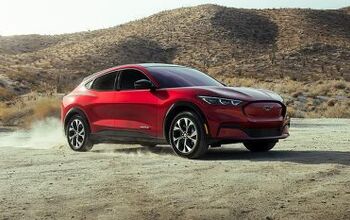
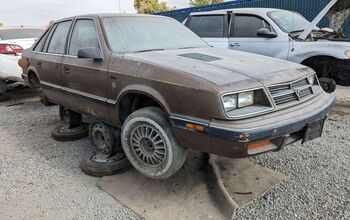
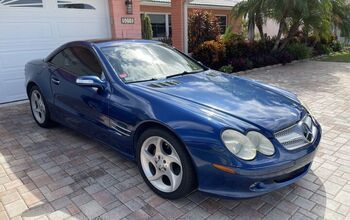
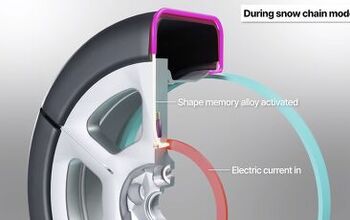
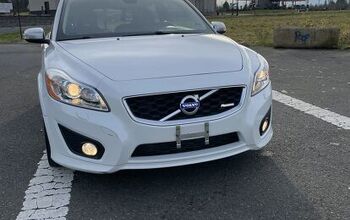
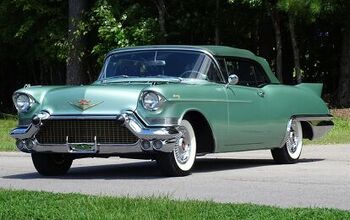
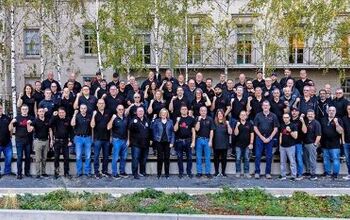

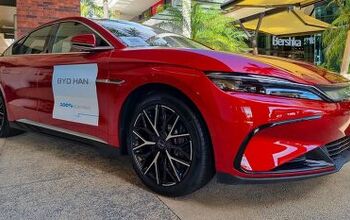
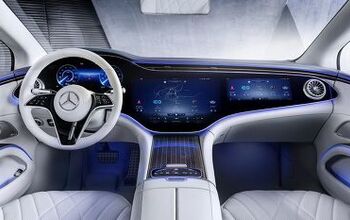
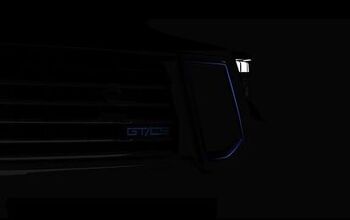
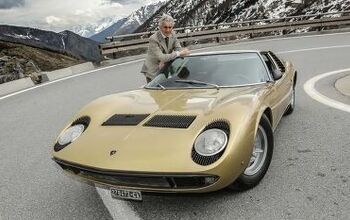
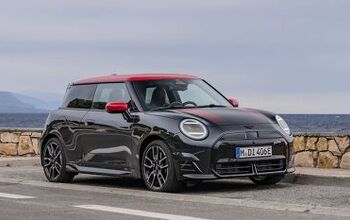

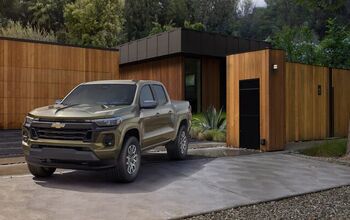
Comments
Join the conversation
The lithium situation reminds me of the history of uranium in the USA. Most of the uranium for the Manhattan Project came from, what was then called, the Belgian Congo. The same area where cobalt and copper are found in great quantities today. After WWII the USA government policy was that having a domestic source of uranium was important for "national security". A much higher price was offered for uranium mined in the USA. Some people struck it rich, such as Charles Steen (who managed to lose his millions). Many uranium mines and refining mills were started. After about 20 years the government stopped paying the higher price for uranium and most of the mines closed when the price fell to world market. I suspect a similar story will play out with lithium. If the price gets "too" high, battery makers will find an alternative chemistry for their product. Lithium batteries were unknown 40 years ago. The recharagable battery then was the NiCad. Seen any of those lately?
BTW Most people throw lithium, and other batteries, in the trash. Regardless of any available recycling programs. The trash hauler here regularly sends out an email asking people not to throw their old phones, computers, cordless tools, and battery operated toys in the trash. The message includes some photos of trash trucks on fire. The description is that something with a lithium battery got into the truck and when the load was compressed it was crushed and ignited. Most people do not know or care if a device has a hazardous battery inside. To them it's now just a "brick" so in the trash, or out the car window, it goes.